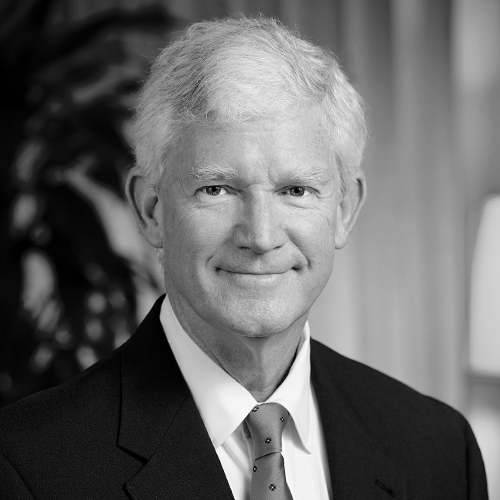There are new jobs, and there are new directions. When attorney Nancy Belinsky left her private practice work in commercial real estate to accept a position with a public utility in 2003, she took on the latter. The public utility was the innovative San Antonio Water System (SAWS), which put her on the other side of the proverbial map.
“I initially became intrigued with the idea of helping SAWS legally structure transactions that would preserve open space in perpetuity for this community,” Belinsky says. “It’s turned into an opportunity to do something that will have generational impact rather than building another golf course or shopping center.”
Formed in 1992 as a consolidation of three agencies, SAWS initiated a conservation and community education effort. The initiative slashed the city’s gallons per capita consumed daily by more than 50 percent.
In 2004, a hidden resource became as important as the more visible aspects of the utility. SAWS manages water permitted from the Edwards Aquifer by storing it in the Carrizo Aquifer for future use—a “piggy bank” of underground water. That has been important to sustain San Antonio’s 1.7 million residents during the drought that has gripped Texas since 2010. Six years later, SAWS Aquifer Storage and Recovery is reaching a record 100,000 acre-feet stored, representing about half of the volume of water San Antonio, Texas, uses in a year.
“Many cities rely on surface water— lakes, reservoirs, and rivers,” Belinsky says. “But San Antonio has the underground Edwards Aquifer, a rapidly recharging, pure aquifer where water needs no treatment. It’s a very unique resource. However, its production has been statutorily limited.”
Securing San Antonio’s water future requires visionary efforts, and Belinsky credits SAWS leadership for repeatedly rising to the challenge—most recently with the Vista Ridge Regional Water Supply Project. By 2020, the project, which is financed and constructed by a third party, is planned to deliver up to 50,000 acre-feet of water—enough for 162,000 new families—by way of a 142-mile pipeline from a well field northeast of Austin, Texas, to San Antonio.
“What’s really unique about this project is the level of risk transfer,” Belinsky says. “SAWS’s price is fixed for the thirty-year contract term, and SAWS owns the pipeline at the end of the term. The third party’s financing and construction costs are projected to be $844 million. The private sector is taking on the construction and delivery risk, and SAWS only pays for water if it is delivered.”
It takes a long time and a considerable amount of discussion to complete such projects. In this case, SAWS “vetted proposals for providing water to San Antonio” via public solicitation starting in 2011, Belinsky says. Once collaborators selected Vista Ridge as the best option in 2014, the parties negotiated the contract in a transparent and public process led by the chairman of the SAWS board.
“I must say, as a lawyer, to negotiate a $3.2 billion contract in public is unprecedented, even for a governmental entity,” Belinsky stresses. “And the other contracting party was a private entity. I don’t know who else has ever had an opportunity to accomplish that.”
The public forums for the project proved to be popular, as stakeholders were receptive to the opportunity to voice their concerns—which included the project’s impact on everything from low-income families to the local environment. “All stakeholders had a chance to participate, and we did hear from them,” Belinsky recalls. “We were able to incorporate some of their concerns into the way SAWS rates were structured after approval of this contract.”
The contract was signed two years ago, and the decision to negotiate it publicly has already served its purpose. In late 2015, Abengoa SA, the Spanish conglomerate that owns the entity contracting with SAWS, began preinsolvency proceedings under Spanish law and has begun a search for a majority equity partner.
While the development was unexpected, SAWS was prepared for the challenges created.
“We continue to have a lot of rights regarding the transfer of the contract to another entity or equity investor,” she says. “And we continue to have many contractual protections as the project proceeds—either with Abengoa or some other large investor.”
When all is said and done, Belinsky thinks the efforts by SAWS will have a significant effect on all of Texas. “At some point, the state’s water delivery infrastructure is going to have to evolve, much like the electric grid,” she says. “Vista Ridge could be one of the first projects to make that kind of a footprint.”

